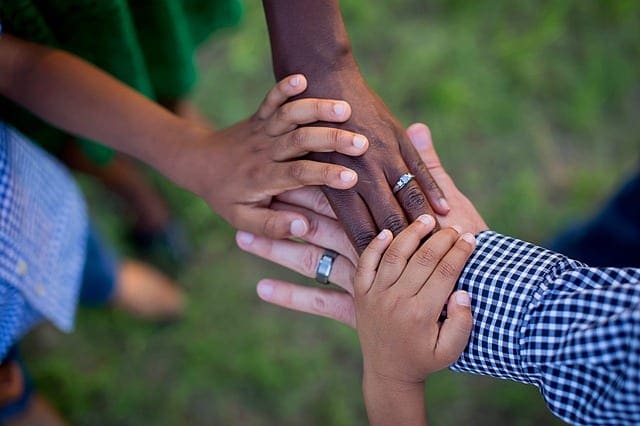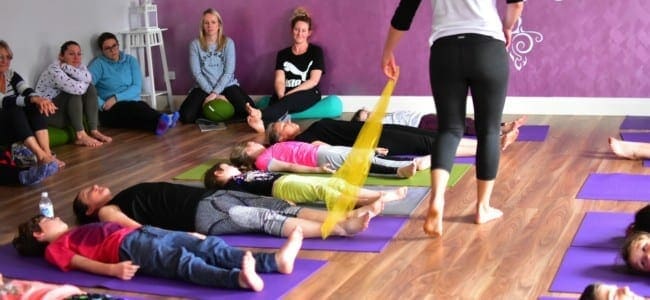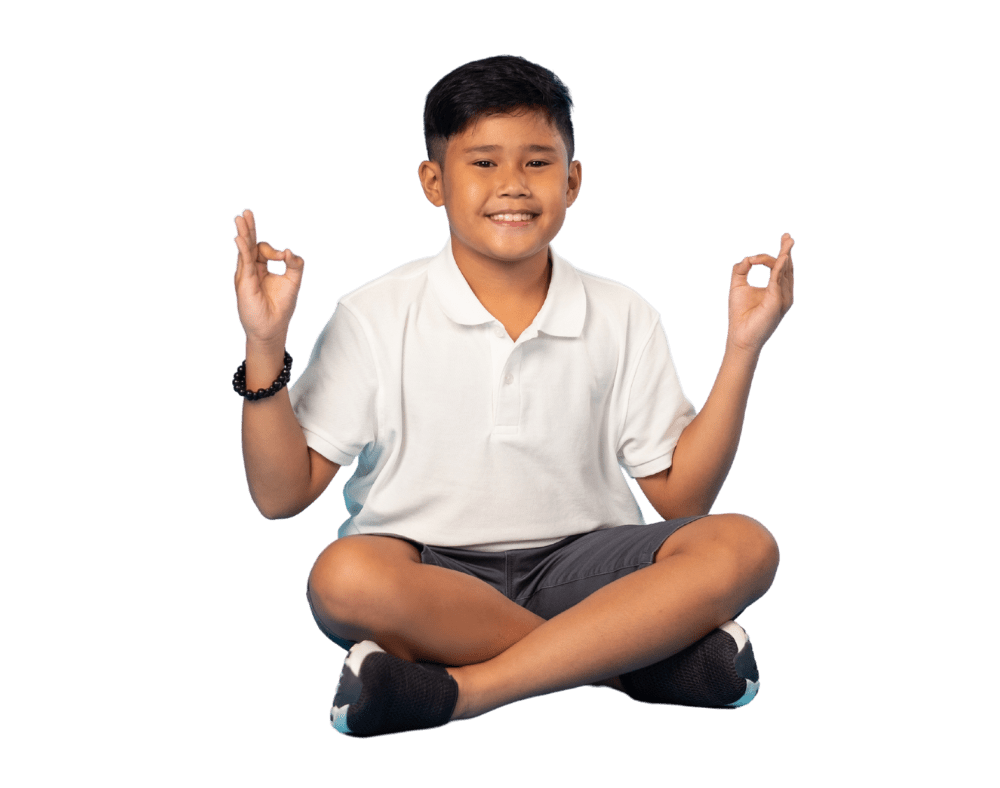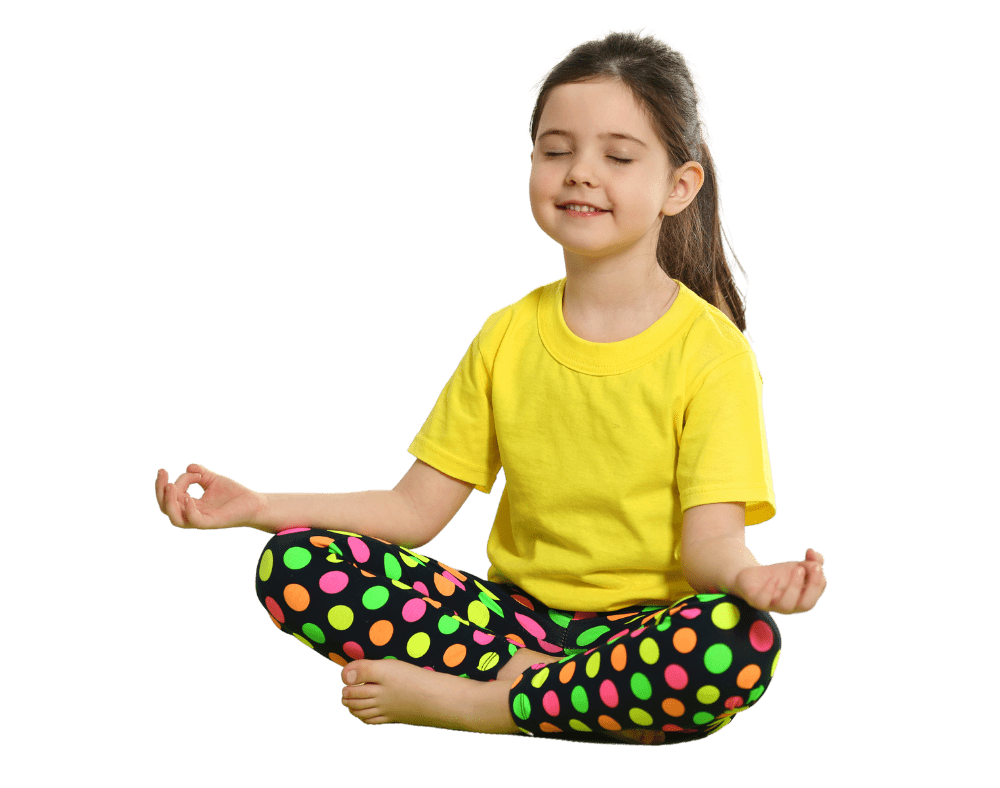 We’ve been experiencing some kindness issues in our home recently between the siblings. Apparently, the elementary school across the street, where our children attend, has been experiencing some kindness issues school-wide as well. Our weekly e-mail from the school has included quotes about kindness. It’s not surprising of course. It’s hard to be kind when you’re angry, frustrated, stressed, tired and hungry… shall I go on?
We’ve been experiencing some kindness issues in our home recently between the siblings. Apparently, the elementary school across the street, where our children attend, has been experiencing some kindness issues school-wide as well. Our weekly e-mail from the school has included quotes about kindness. It’s not surprising of course. It’s hard to be kind when you’re angry, frustrated, stressed, tired and hungry… shall I go on?
Within our home, it’s reached a fever-pitch. One day, out of my own frustration, I began yelling “walk away, just walk away, WALK AWAY!” I gave a short lesson in the power of walking away, of choosing to ignore the injustice. The power in not allowing another to rob you of your joy. Terribly unfortunate that it was delivered through slightly gritted teeth.
After walking away from the lesson, I began to think, ‘how can I present this to them in an interesting, fun, kid-friendly way that resonates and that sticks?’ I was struck by the concept of ‘yoga away’.
So, what would it mean to ‘yoga away’? It means deep breaths: Pranayama. It means choosing words carefully: mindfulness. It could mean some stretching exercises, especially around the neck, back and chest areas: Hatha. It means taking a rest: Savasana. Instead of a simple, directive and non-meaningful ‘walk away’, which doesn’t necessarily equate to anything being taught or learned, we move into a space of tool building.
Let’s build some tools.
Pranayama: Because the body’s physiological response of induced relaxation as a result of deep  nose breathing, this exercise should be a priority to teach. When in stress, we have an innate desire to either fight our circumstances or run. Counting to five as we inhale and then another five as we exhale, we are inducing a relaxed response to our circumstances. As you talk about deep breathing in your yoga class, explain how useful it is in times of managing anger.
nose breathing, this exercise should be a priority to teach. When in stress, we have an innate desire to either fight our circumstances or run. Counting to five as we inhale and then another five as we exhale, we are inducing a relaxed response to our circumstances. As you talk about deep breathing in your yoga class, explain how useful it is in times of managing anger.
Mindfulness: Another way to incorporate the ‘yoga away’ philosophy is during the mindfulness portion of a yoga class. A way to teach this is to have the children take a minute or two to think about how they feel right then and there in yoga class. You might then give them all a turn to share their feelings. Explain that taking a moment in any particular situation to assess their emotions is a great exercise, and will move them in the direction of lifelong mindful living. When we come to an assessment of feelings of anger, the next step is: what do I want to do with this anger? Do I really want to hurt someone? Would it be better to use words and express myself? Do I need to ask for some alone time? The solution comes in this space.
Hatha (Posture): Have you ever noticed the tension that builds in your muscles as the result of engaging in the stressful stuff. Here I’d simply focus on some head, neck and shoulder exercises. Moving the head slowly from the left shoulder to the right shoulder. Taking the hands to the back of the head and pulling your head down towards the floor (oh my goodness, it feels so good). Forward Fold and then slow rise and reach to the sky. These are amazing stretches for releasing tension. You can even call them the ‘yoga away’ stretches.
 Savasana: For the end of class, your guidance into Savasana can essentially allow them to create their perfect world/secret garden response to conflict. This can be a gentle talk about recognizing their emotions, following the golden rule, deep breathing, finding a calm spot to retreat in times of extreme upsetted-ness. Then in closing, remind them that the space they’ve created in their mind is always accessible.
Savasana: For the end of class, your guidance into Savasana can essentially allow them to create their perfect world/secret garden response to conflict. This can be a gentle talk about recognizing their emotions, following the golden rule, deep breathing, finding a calm spot to retreat in times of extreme upsetted-ness. Then in closing, remind them that the space they’ve created in their mind is always accessible.
We all experience frustration and anger. We all struggle with where to put it and how to move forward with others effectively. It’s the human condition. There’s absolutely nothing wrong with our emotional spectrum. Our jobs as yoga lovers and teachers is to help our little ones add tools to their toolboxes for living harmoniously and honestly with the world around them. I believe when we engage in real discussion about what makes us happy, sad, frustrated etc and in conjunction with discussion on how to manage our responses, we can begin to yoke the body, mind and spirit. Obviously, this interaction and discussion and teaching is time intensive. That’s why we have yoga classes. Repeating yoga classes.
What do you all think of this? Do you think you could thread the ‘yoga away’ concept into the beginning, body or end of a class? What other creative ways can you expand on this philosophy? I hope it inspires you!



What an incredible way to teach EVERYONE of all ages how to regulate emotions while using the “yoga away” technique! Such a wonderful tool that can be easily taught!! Awesome ideas!! Can’t wait to share these with my classes and even use them in my own life! ☮️☀️🧘🏼♀️
We can all use more tools for coping with difficult situations with grace, patience, and peace! Glad you are reading the blog and finding it useful.
Hi,
Informative content, Thanks for sharing nice information.
Awesome Post. Thanks for sharing the information. Keep it up
Thanks for reading the blog and letting us know that you are enjoying it!
Really appreciated. Thanks for sharing the information. Keep it up
Great Post. Really appreciated.
Glad you enjoyed it! Thanks for reading KAY’s blog.